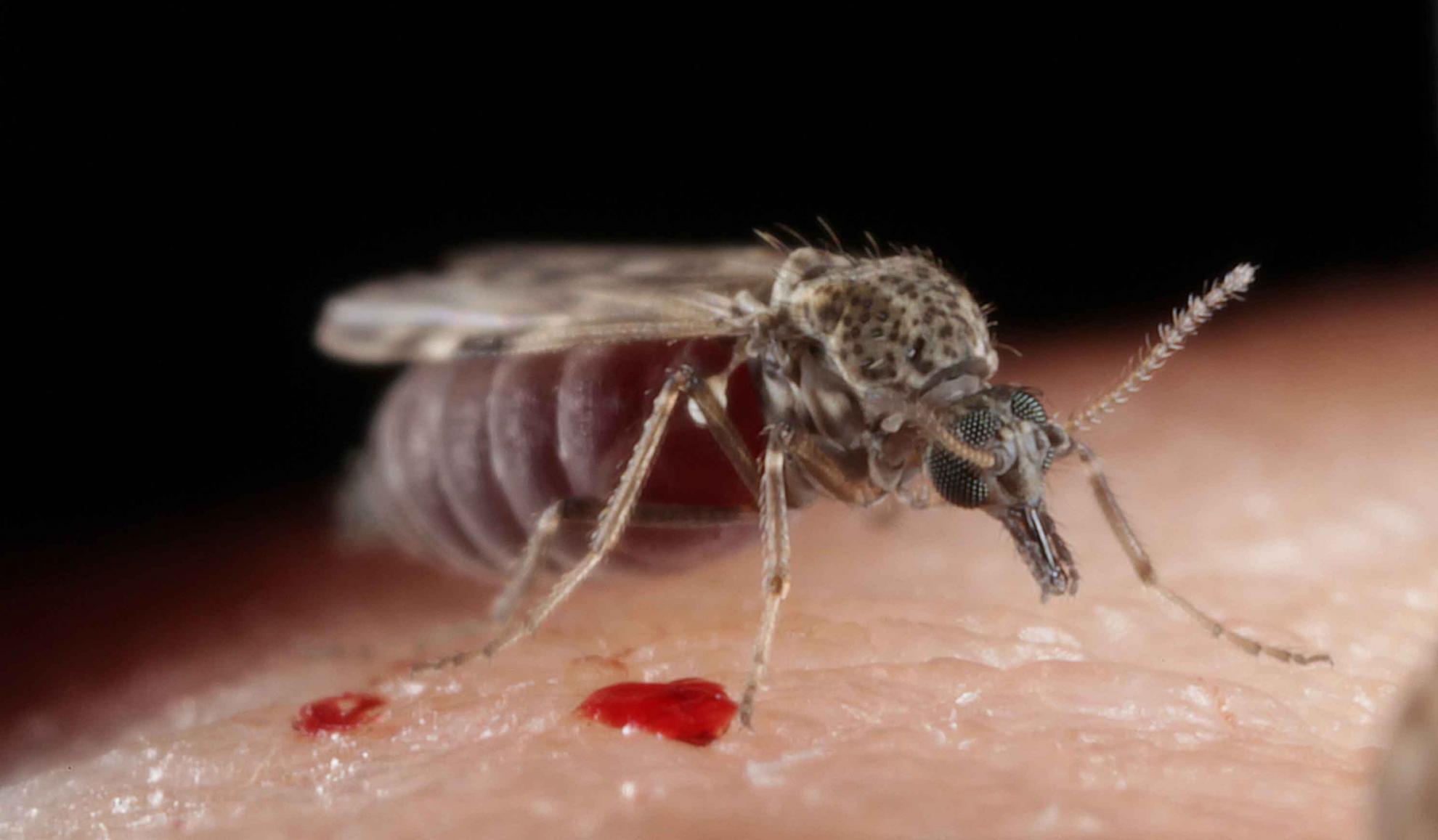Phenotypic differentiation and phylogenetic signal of wing shape in western European biting midges, Culicoides spp., of the subgenus Avaritia
In the past decade biting midges of the subgenus Avaritia (Diptera: Ceratopogonidae) have been popular subjects of applied entomological studies in Europe owing to their implication as biological vectors in outbreaks of bluetongue and Schmallenberg viruses. This study uses a combination of cytochrome oxidase subunit I barcode sequencing and geometric morphometric analyses to investigate wing shape as a means to infer species identification within this subgenus. In addition the congruence of morphological data with different phylogenetic hypotheses is tested. Five different species of the subgenus Avaritia were considered in the study (C. obsoletus (Meigen); C. scoticus Kettle and Lawson; C. chiopterus (Meigen); C. dewulfi Goetghebuer and C. imicola (Kieffer)). The study demonstrated that over 90% of individuals could be separated correctly into species by their wing shape and that patterns of morphological differentiation derived from the geometric morphometric analyses were congruent with phylogenies generated from sequencing data. Morphological data produced are congruent with monophyly of the subgenus Avaritia and the exclusion of C. dewulfi from the group containing C. obsoletus, C. scoticus and C. chiopterus. The implications of these results and their importance in a wider context of integrating multiple data types to interpret both phylogeny and species characterization is discussed.
Back to publications

